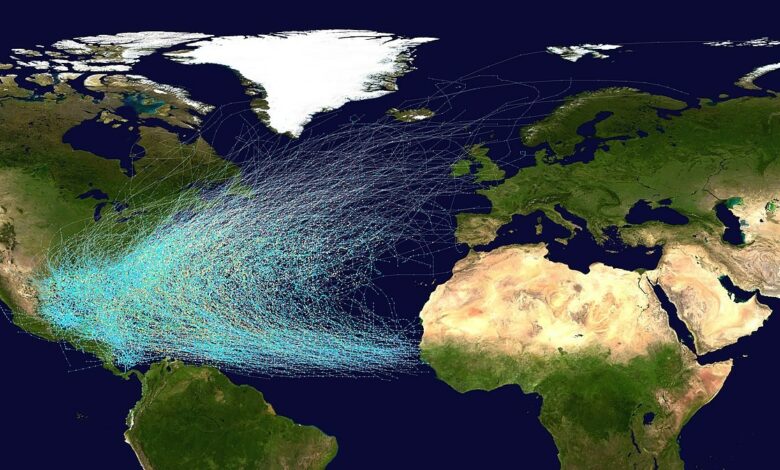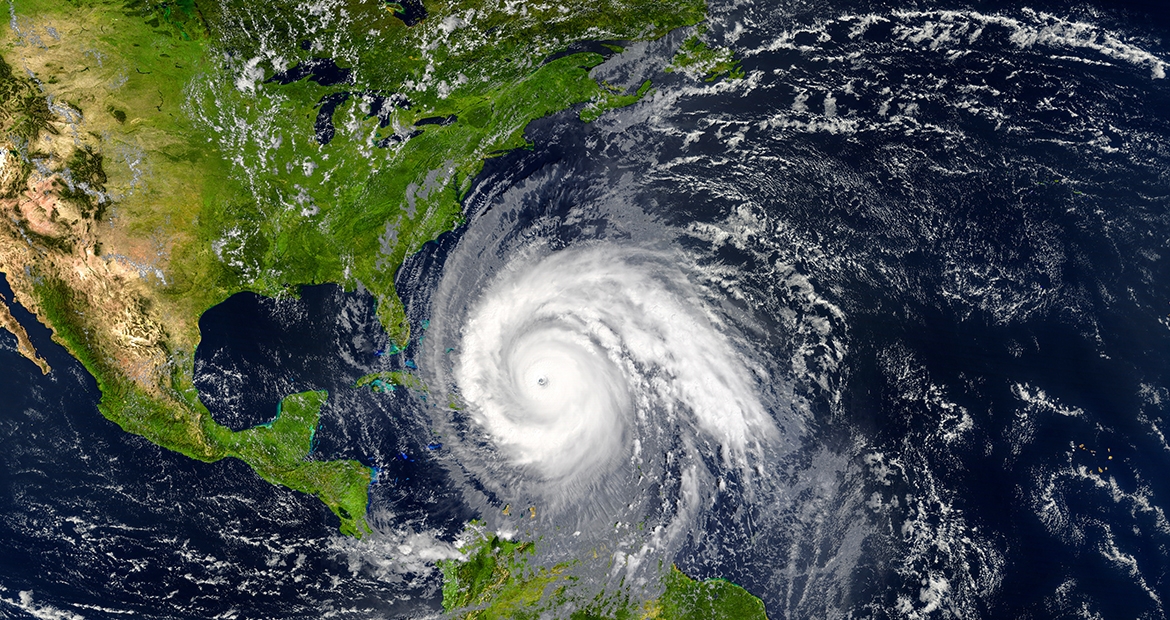TOP TIPS FOR ORGANISATIONS TO PREPARE FOR HIGHER THAN AVERAGE ATLANTIC HURRICANE SEASON

TOP TIPS FOR ORGANISATIONS TO PREPARE FOR HIGHER THAN AVERAGE ATLANTIC HURRICANE SEASON
As forecasts point to a higher-than-average 2021 Atlantic hurricane season, International SOS advises organizations on preparations required to best protect their people and ensure business resilience amid persistent assistance and travel constraints stemming from the COVID-19 pandemic.
It is estimated that there will be 13 to 20 named storms between June and November, consisting of both tropical storms and hurricanes. This includes three to five expected to be classified as major hurricanes.

Jeremy Prout, Director of Security Solutions, Americas at International SOS commented, “A country’s level of preparation, supporting infrastructure and response capabilities play a major role in the impact of a hurricane, which can vary from short-duration travel disruption to residual infrastructural damage and casualties.
However, the COVID-19 pandemic has heavily impacted both the economic capability and the logistics of relief response. The economies of many countries, particularly in the Caribbean, have been strained due to the ongoing pandemic.

Government response to natural disasters will likely continue to be eroded by this economic contraction, and any infrastructural damage caused by major hurricanes will have a prolonged impact on affected countries.
Managers with operations in at-risk areas should ensure they have comprehensive procedures in place to guarantee business continuity, factoring in the potential need for evacuation or relocation.”
International SOS has over 35 years’ experience providing security and health advice and support to organizations facing natural disasters, as well as being uniquely positioned to advise on additional challenges posed by the ongoing pandemic.

Below are eight best practice tips for hurricane preparedness:
- Identify locations and facilities based on the probabilities of hurricane impact using historical geographic data.
- Educate your workforce on the necessary supplies required for hurricane shelter-in-place or evacuation, to include food, water, personal protective equipment (PPE), sanitiser and disinfectants
- Be prepared to suspend operations at, and travel to, at-risk locations for periods of a week or more.
- Assess evacuation options, to include shelter and transport, to factor in sufficient social distancing to limit COVID-19 exposure and spread. Where evacuation options are limited, identify shelter-in-place plans.
- Establish appropriate thresholds for determining when to evacuate or relocate personnel and have a clear structure in place to communicate these measures throughout your organization.
- Account for access disruption, to include enabling employees to have the capability and equipment to work from remotely/from home. Anticipate potential disruption to power and communications.
- Develop pre-scripted messages and test means of mass notification to ensure functionality of messaging prior to an emergency.
- Consider a table-top exercise to test your organization’s incident management or business continuity plan and identify any areas for improvement.

For more information, click here.




